Business Insider this week cited the discovery of military experts indicating that a "strange" Russian satellite appears to be stalking a secret US military satellite in space.
Suspicious Activities
Specifically, Business Insider reported that Russia's Kosmos-2558 satellite was launched into space in August 2022. According to Space.com , Kosmos-2558 flew in an orbital plane similar to that of the USA-326 military satellite launched by the US earlier. Since then, the Russian satellite has frequently flown close to USA-326.
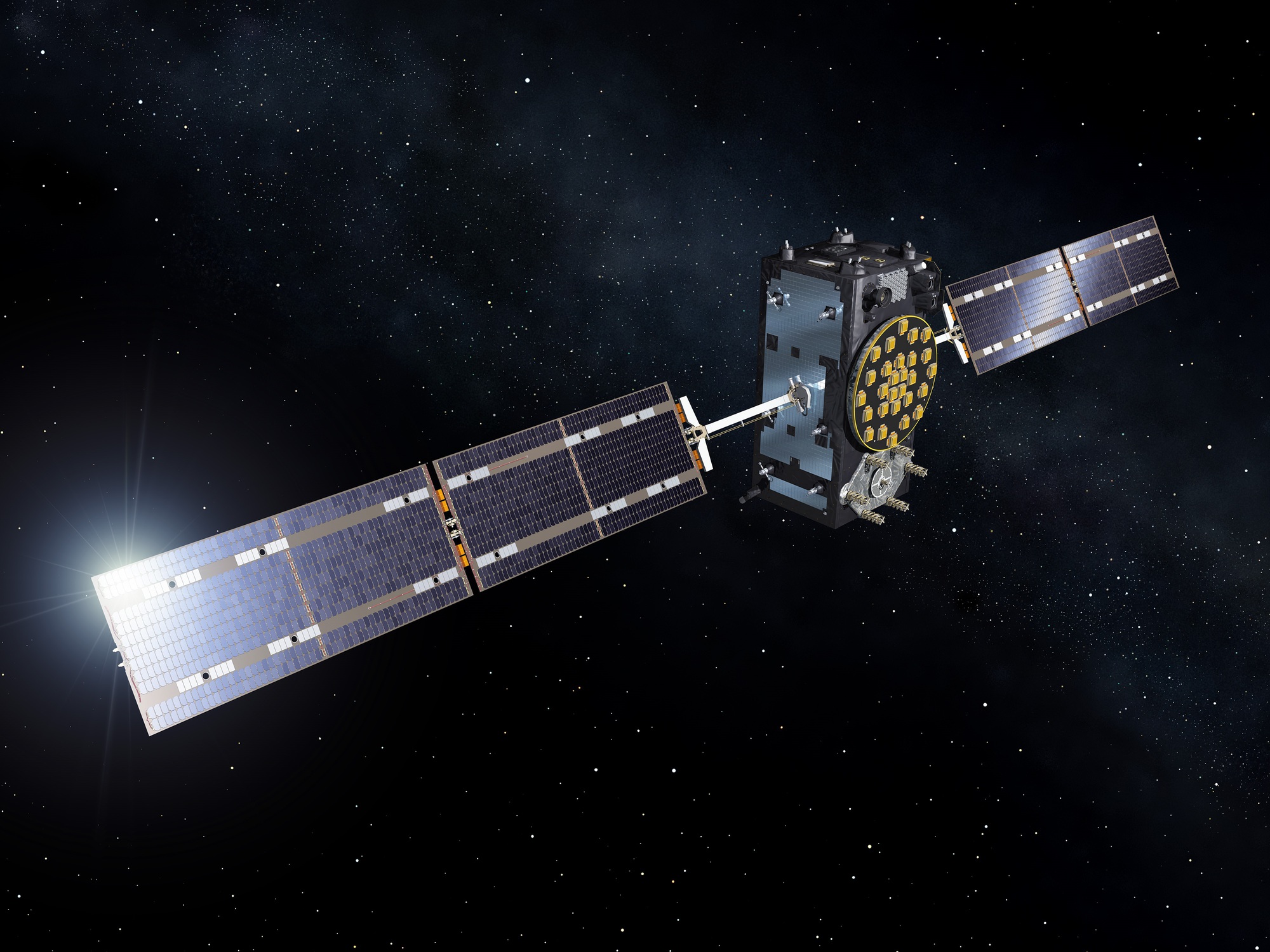
Russian satellite Kosmos-2558
The unusual actions of Kosmos-2558 and the lack of an official explanation from the Russian government have led space observers to believe that the satellite is stalking USA-326. According to the Pentagon, the Russian satellite is gathering intelligence through “airborne reconnaissance.”
"It's really irresponsible behavior," Gen. James H. Dickinson, commander of the US Space Command, told NBC News after Russia launched Kosmos-2558, stressing that Washington would continue to monitor the Russian satellite.
Space observers have classified Kosmos-2558 as a tracking satellite, capable of moving close to other satellites and collecting data. The Independent reports that this is at least the third spy satellite that Russia has launched to collect data from other countries’ spacecraft.
According to experts, Russian satellites usually fly within about 50 kilometers of US targets. While this is far enough away to pose a risk of collision, it is close enough to capture detailed images. Observers say Kosmos-2558 has even better imaging capabilities than US satellites.
Keep chasing
In the latest development of the "hide-and-seek game" in space, USA-326 suddenly moved to a higher orbit after detecting more suspicious Russian moves.
Specifically, according to The Independent , in March, observers detected Kosmos-2558 performing an orbital elevation maneuver to reach an inclination of about 35 km below USA-326.
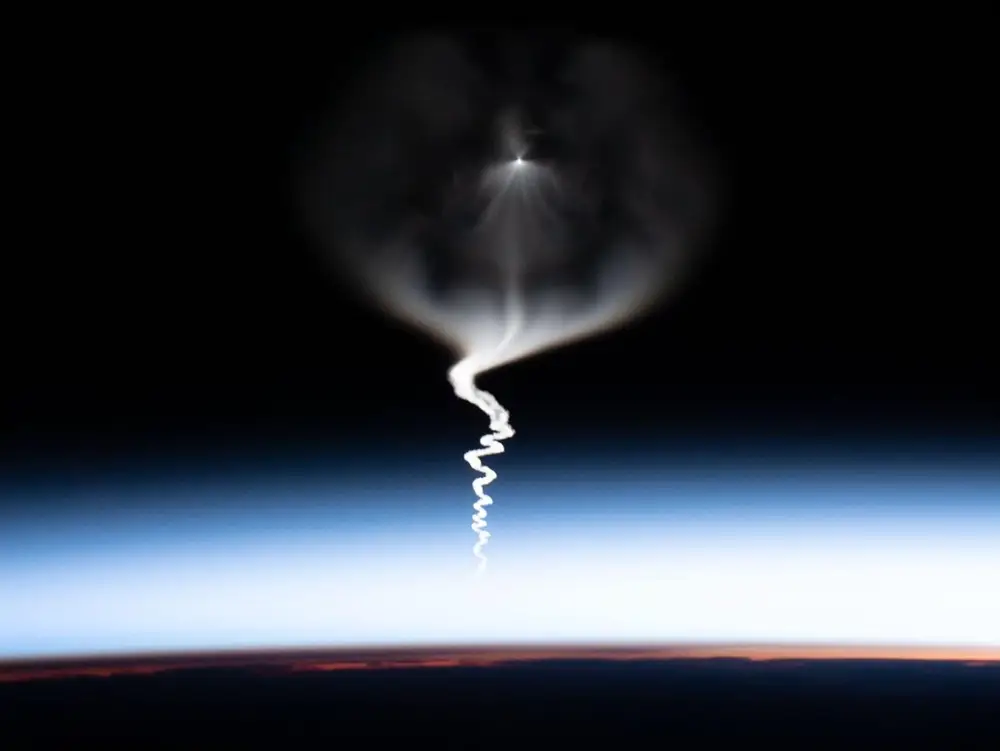
Russia's Soyuz spacecraft after being launched into space. Photo taken from the International Space Station
According to astrophysicist Jonathan McDowell, the actions of Kosmos-2558 forced the US satellite to change its orbit to avoid being tracked. Space observer Nico Janssen also agreed with this opinion. He said that the Russian satellite approached USA-326 at a distance of nearly 30 km on April 7. However, after the US changed the orbit of USA-326, the shortest distance between the two satellites increased to 45 km.
Not the first time
According to Business Insider, this is not the first time that US and Russian satellites have tailed each other in space. In 2020, another Russian spacecraft, Kosmos-2542, made several close approaches to the US optical intelligence satellite USA-245.
Also in 2020, the US Space Force reported that two mysterious Russian satellites were tracking a US spy satellite.
How does Russian satellite track USA-326?
According to Business Insider , the two satellites orbiting the Earth in the same plane, at the same time but at different speeds, will allow Kosmos-2558 to regularly pass over US targets.
Jonathan McDowell, an astrophysicist at Harvard University (USA) explains : "Imagine two athletes running around a track, but running in different lanes, and one is faster than the other. The result is that sometimes one will pass the other and there will be sections where they are close together."
Each pass could be a photo opportunity. “All you have to do is launch your satellite into a higher orbit than the one you want to observe,” says McDowell.
Source link


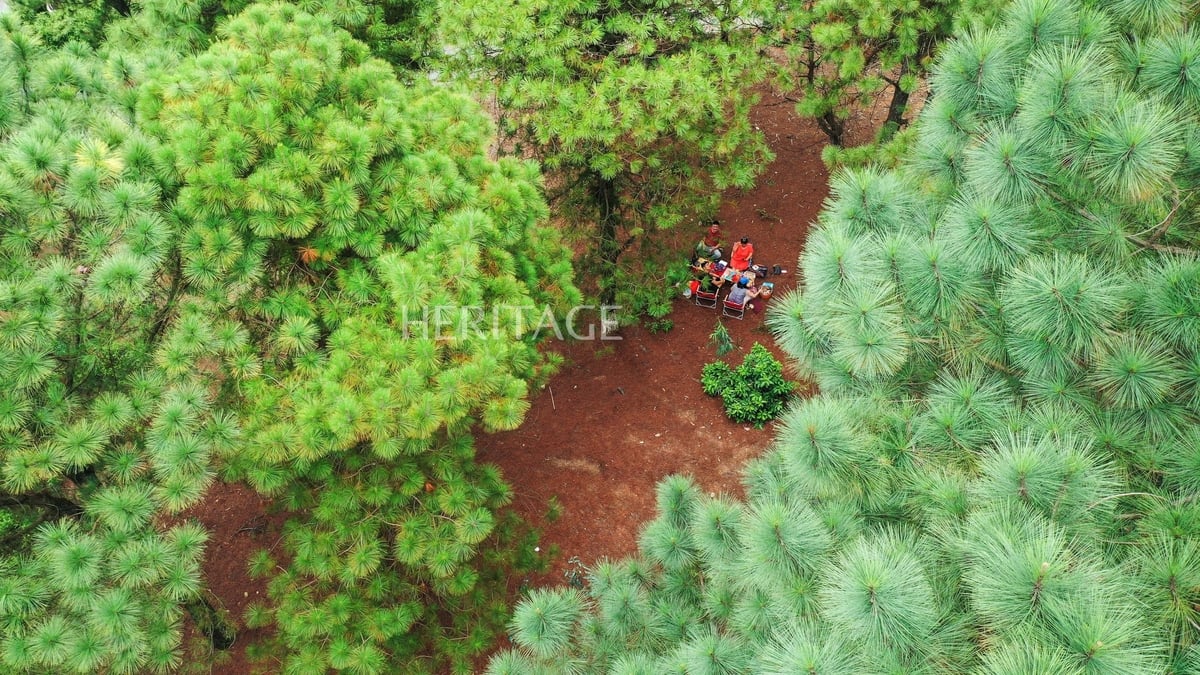






















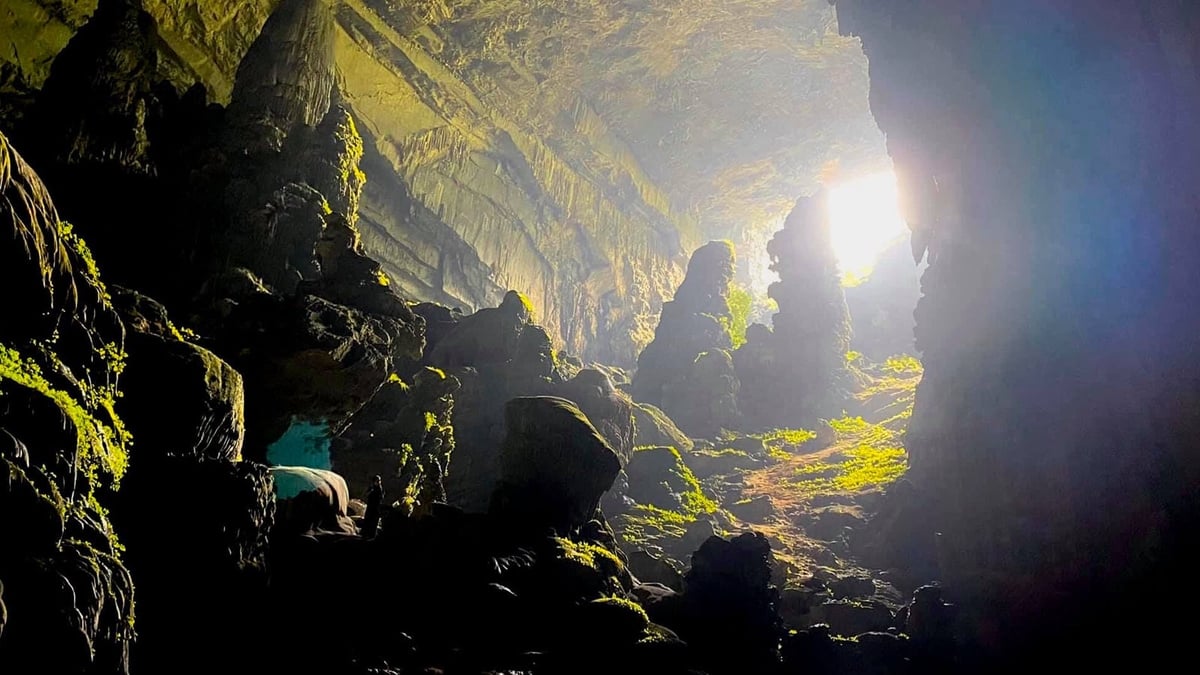





































































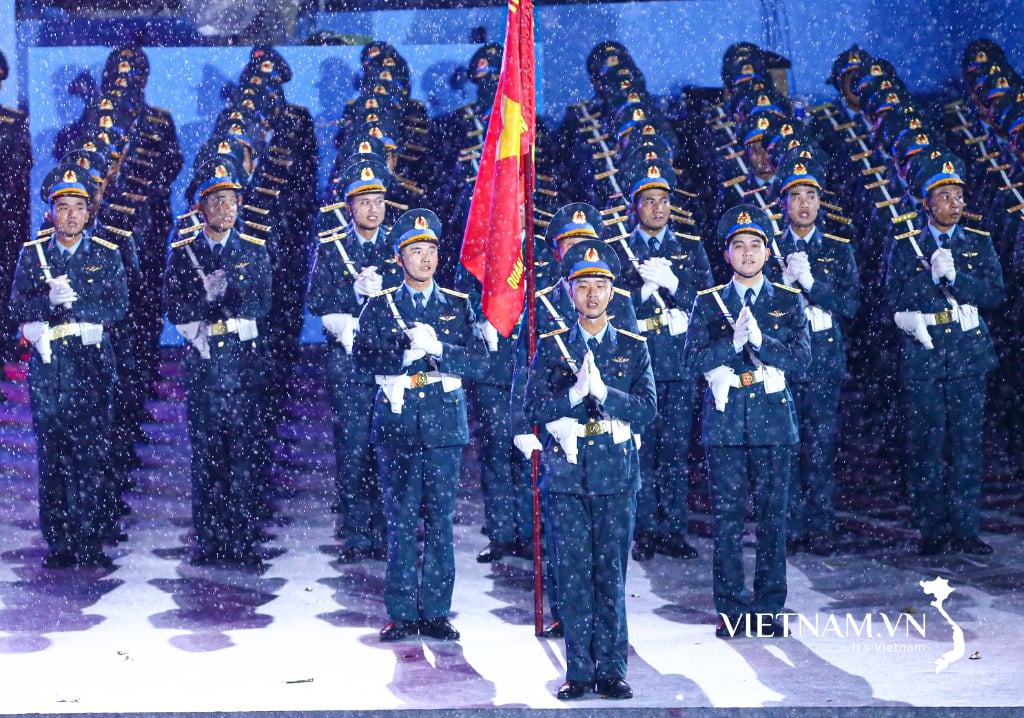
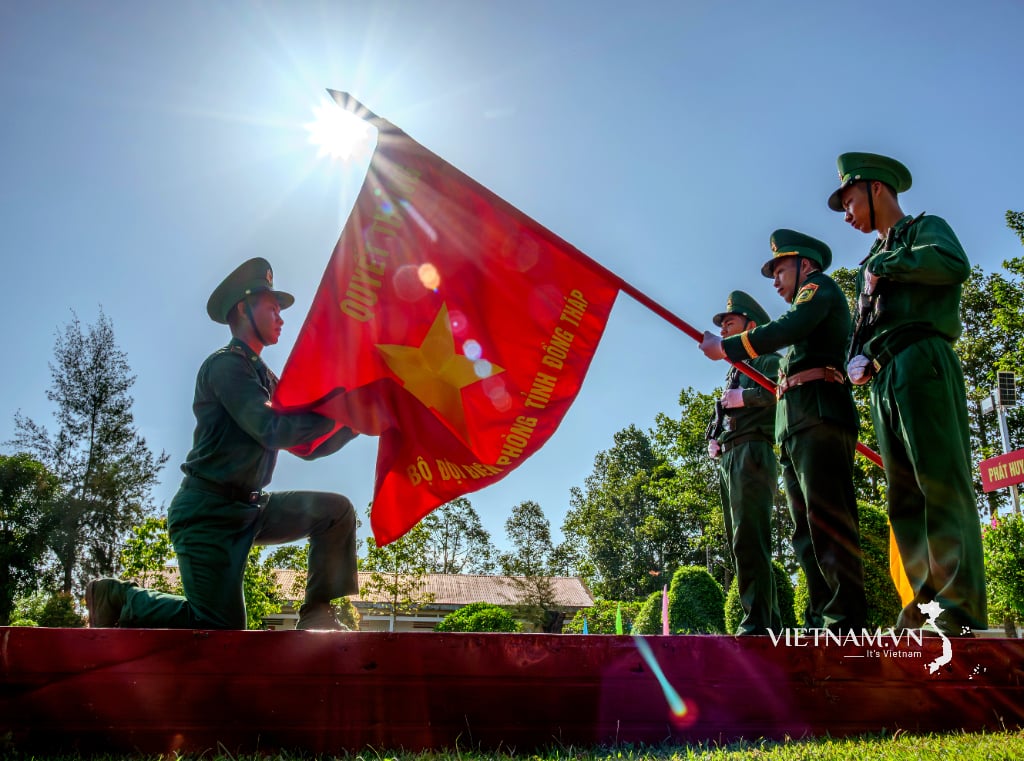
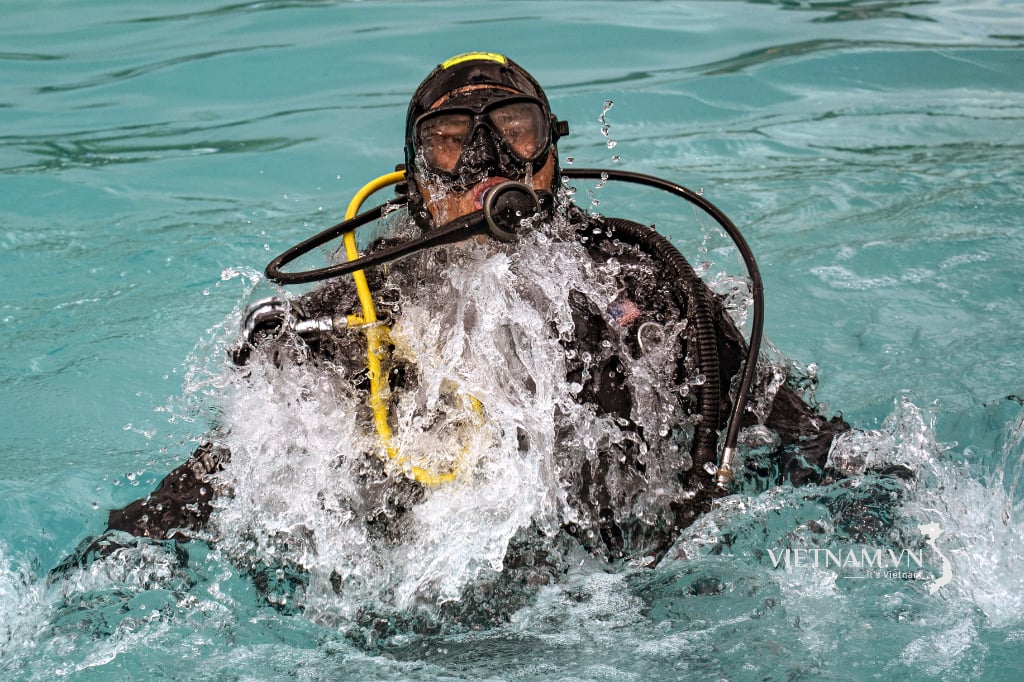
Comment (0)